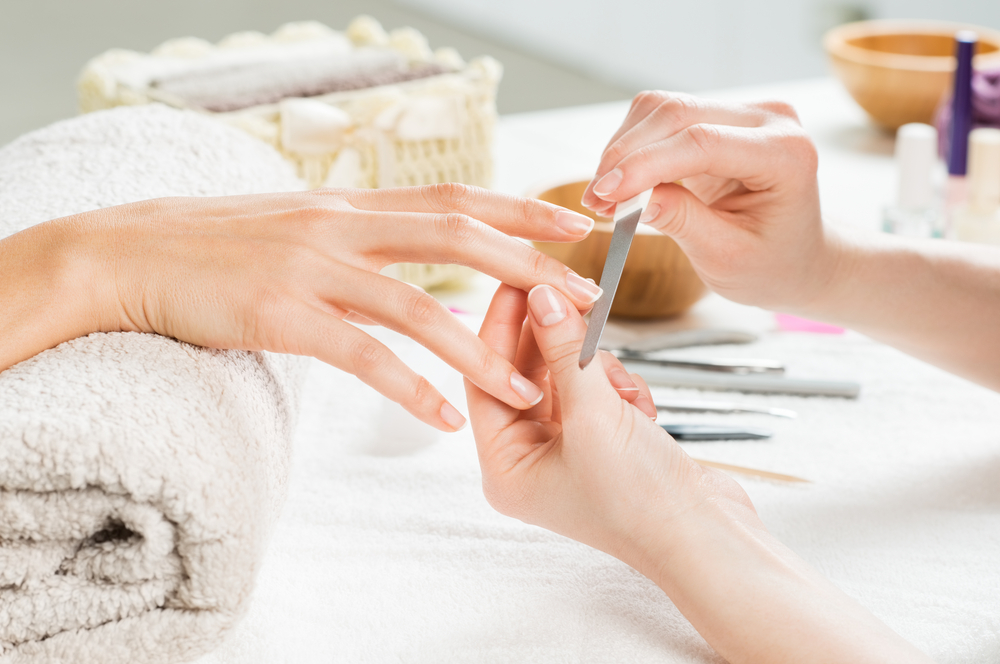Changes in nails can be a sign of disease! Dermatologist Dr. Özlem Apti Sengkioun told about which diseases the changes in nails can signal, and gave important warnings and suggestions.
“It is normal to have age-related deformations and wear on the nails, but some changes should be well observed as they may be signals of various diseases; A dermatologist should be consulted when color, texture or shape changes are noticed in the fingernails and toenails. When nail polish is applied frequently, yellowing and rapid breakage can be seen on the nails due to chemical effect, so it is necessary not to neglect to observe the nails.
Pay attention to these points in nail care!
Stating that nail care should be done regularly, Dr. Özlem Apti Sengkioun recommends cleaning with a soft nail brush, especially after showering and bathing. Nails should be filed slightly in infancy, and cut at regular intervals with a personalized nail clipper during childhood and adulthood. Dermatologist Dr. Özlem Apti Sengkioun recommends that those who come into contact with water and chemicals frequently use gloves, and apply a suitable moisturizer to the nails and their surroundings after thoroughly drying their hands. Stating that cutting the toenails bluntly, not round, will prevent problems such as ingrown nails, Dr. Özlem Apti Sengkioun also emphasizes that narrow and hard shoes that put pressure on the nails should not be worn, that deep cleaning of the cuticles should be avoided if manicures and pedicures are performed, and that the instruments used should be sterile and personalized at the same time.
What diseases can the symptoms on the nails indicate?
Dermatologist Dr. Özlem Apti Sengkioun states that changes in nails can signal some diseases and lists those changes and diseases as follows;
-Frequent breakage of nails: Zinc, biotin necessary for hair and skin health, may indicate a deficiency of B12 and vitamin A or thyroid disease.
-Disintegration of the nail tips: Psoriasis can be a precursor to nail fungus, or it can be seen due to manicure-related trauma.
-Vertical lines: Although faint lines can be seen on healthy nails, if the lines are clear, they may be due to aging, as well as a sign of iron deficiency, skin disease lichen and autoimmune disease lupus and some joint diseases.
-Horizontal lines: It can be seen in zinc deficiency, diabetes and kidney diseases.
-Pits and notches in the nail: In ringworm, eczema and psoriasis, there may be pits and notches in the nail.
-Pale nails: In healthy nails, the nail bed is vibrant, pinkish in color. While there may be racial differences, pale color may be an indicator of anemia or metabolic diseases.
-Blue nails: It is the harbinger of a decrease in the level of oxygen in the blood circulation. If one half of the nail has a blue appearance, it may be an indication of poisoning.
-White spots: The whiteness observed in the nails can be hereditary, but it is mostly associated with trauma, zinc and vitamin B12 deficiency.
-White bands: It can be a sign of chronic kidney diseases or liver cirrhosis. Also, transverse white lines can be a sign of protein deficiency.
-Thickening: It can be seen in circulatory and thyroid dysfunctions as well as skin diseases such as nail fungus and psoriasis.
– Dark red vertical lines: It can be seen in heart valve diseases.
-Green nail: It can be seen as a result of infection by bacteria called pseudomonas.
-Black nail: It may be due to nail fungus and the use of certain drugs, or it may occur as the first sign of a very dangerous skin cancer called melanoma.
-Yellow nails: Stiff and yellow nails can be a sign of lymphedema, lymphoma and inflammatory rheumatic diseases.
-Transverse groove appearance: It is seen due to the cessation of nail production after a febrile illness. The longer the febrile illness lasts, the deeper the groove can be. It can cause nail separation during the growth process.
-Spoon nails: It can be a sign of gluten sensitivity as well as iron deficiency and nutritional deficiency.
-Bad nails: The most common cause of clubbed nails, which refers to cambering in the nail bed, is lung and heart diseases, but it can also be seen in different diseases such as celiac.



